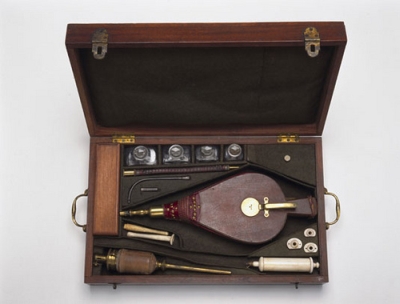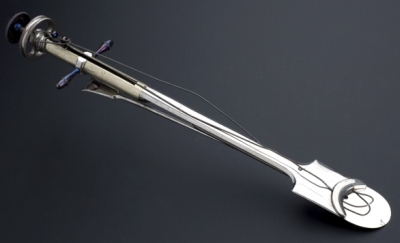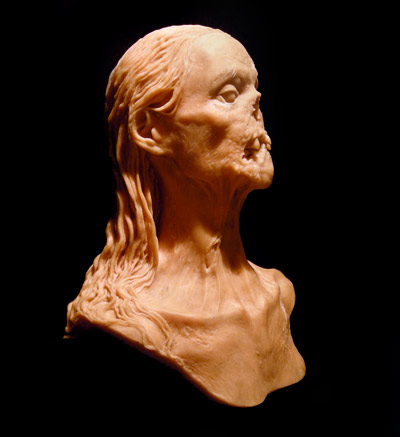The Horrors Of The Tooth Worm

A French carving, pharm dating from the 1700s, designed to look like a human molar. At 10.5 centimeters in height it depicts inside its two halves, “The tooth worm as Hell’s demon” an explanation of the toothache as a battle occurring with the mythical tooth worm. The legend of the tooth worm apparently dates back to 1800 BC Mesopotamia and even has its own creation myth:
“When Anu created the Sky,
the Sky created the Rivers,
The Rivers created the Valleys,
the Valleys created the Swamps,
the Swamps created the Worm,
the Worm went to Samas and wept.
His tears flowed before Ea.
“What will you give me to eat, what will you give me to such?”
“I’ll give you a ripe fig, apricots and apple juice.”
“What use are a ripe fig,
an apricot and apple juice to me?
Lift me up! Let me dwell ‘twixt teeth and gum!
I’ll suck the blood from the teeth
and gnaw the roots in their gums.”
“Because you have said this, O Worm, may
Ea sink you with his mighty hand!”
The idea of a tooth worm was finally put to scientific scrutiny in the late 18th century by both Pierre Fauchard — “the father of modern dentistry” — and Philip Pfaff — who was dentist to Frederick the Great of Prussia. Pfaff seemed loathe to totally commit to such a position however (or was, in fact, a wonderfully sarcastic man), writing that, while he himself had never personally come across a tooth worm, he did not wish “to dispute the observations of learned doctors.”
via Honeyed : WurzelTumblr



















